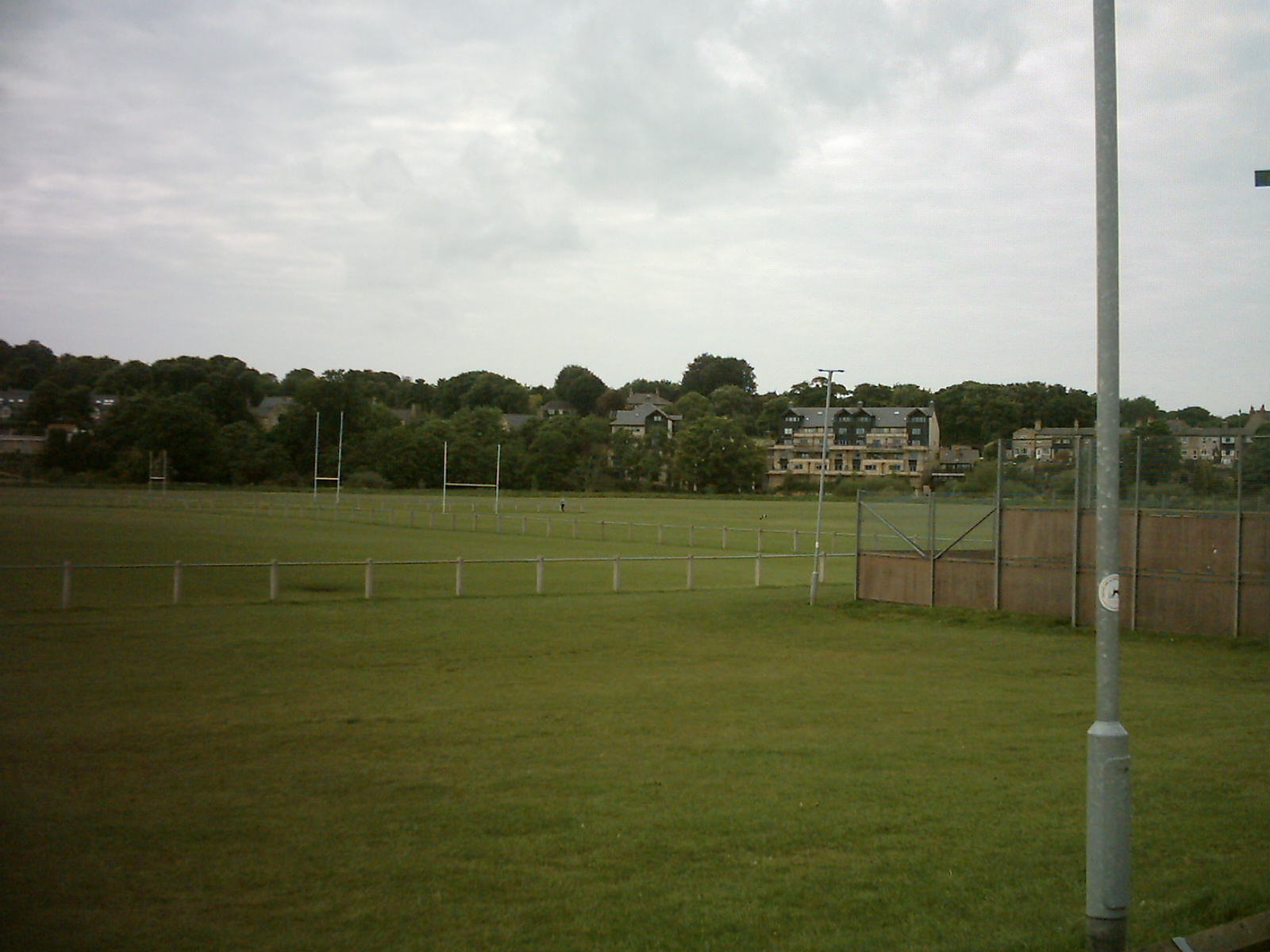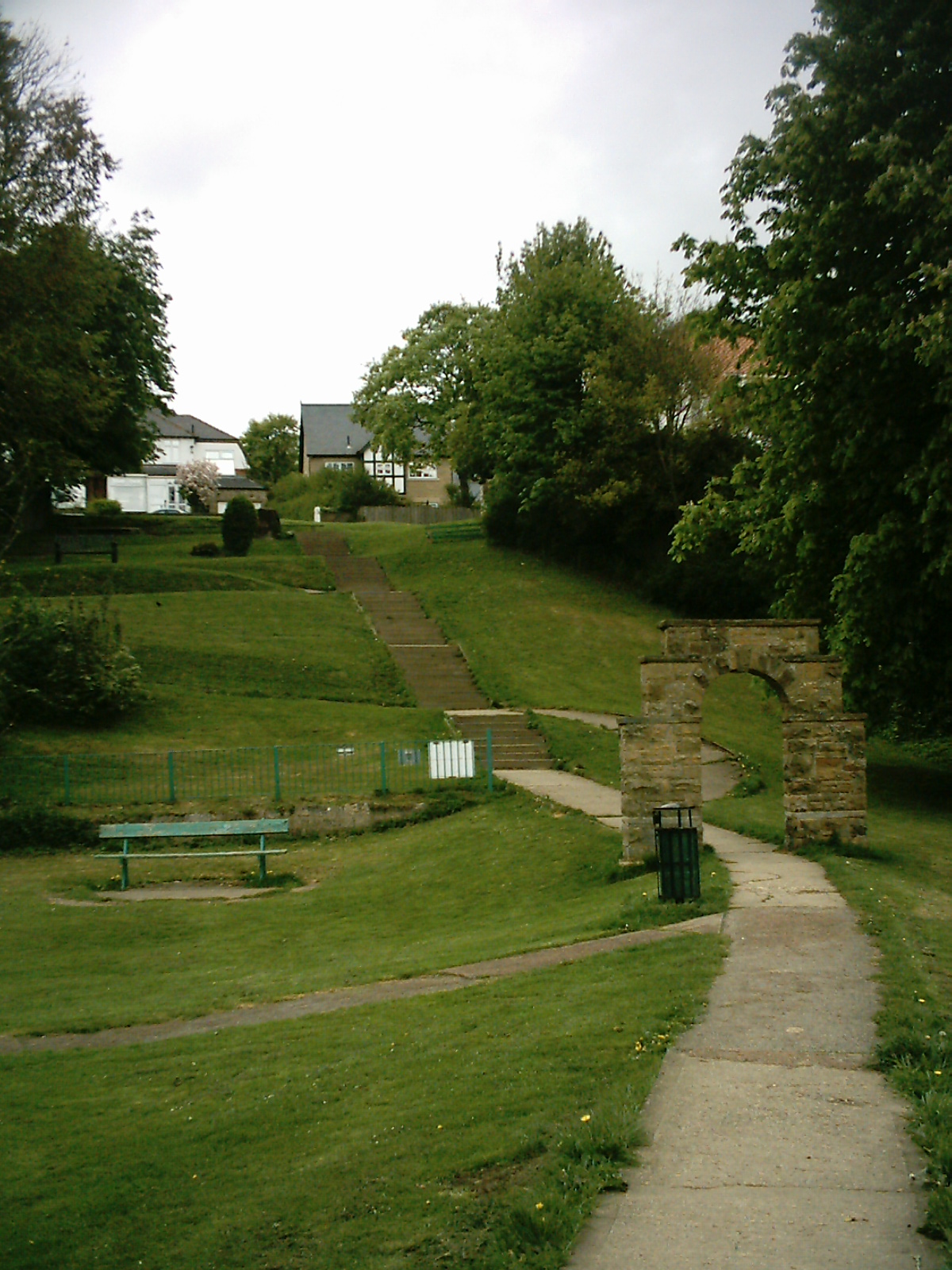|
Ings (other)
''Ings'' is an old word of Old English origin referring to water meadows and marshes. The term appears in place names in Yorkshire (such as Hall Ings, Bradford, Fairburn Ings RSPB reserve, Clifton Ings in York, Derwent Ings, Sutton Ings, Acaster South Ings, and Wetherby Ings), as well as in Cumbria, and in Lincolnshire. "Ings" may be of direct Old English origin or potentially borrowed into Old English from Old Norse. See also *Carr (landform) References External links {{authority control Wetlands of England English dialect words Humber ... [...More Info...] [...Related Items...] OR: [Wikipedia] [Google] [Baidu] |
Sutton Ings
Sutton Ings is a suburb of Kingston upon Hull, in the East Riding of Yorkshire, England. It was served by Sutton-on-Hull railway station. It is near the larger area of Sutton-on-Hull Sutton-on-Hull (also known as Sutton-in-Holderness) is a suburb of the city of Kingston upon Hull, in the ceremonial county of the East Riding of Yorkshire, England. It is located north east of the city centre and has the B roads in Zone 1 of t .... Amenities Sutton Ings has a library, a post office, and a few schools. References * Philip's Navigator Britain (page 298) * Philip's Street Atlas (page 141) Wards and districts of Kingston upon Hull {{EastRidingofYorkshire-geo-stub ... [...More Info...] [...Related Items...] OR: [Wikipedia] [Google] [Baidu] |
Wetlands Of England
A wetland is a distinct semi-aquatic ecosystem whose groundcovers are flooded or saturated in water, either permanently, for years or decades, or only seasonally. Flooding results in oxygen-poor (anoxic) processes taking place, especially in the soils. Wetlands form a transitional zone between waterbodies and dry lands, and are different from other terrestrial or aquatic ecosystems due to their vegetation's roots having adapted to oxygen-poor waterlogged soils. They are considered among the most biologically diverse of all ecosystems, serving as habitats to a wide range of aquatic and semi-aquatic plants and animals, with often improved water quality due to plant removal of excess nutrients such as nitrates and phosphorus. Wetlands exist on every continent, except Antarctica. The water in wetlands is either freshwater, brackish or saltwater. The main types of wetland are defined based on the dominant plants and the source of the water. For example, ''marshes'' are wetlands ... [...More Info...] [...Related Items...] OR: [Wikipedia] [Google] [Baidu] |
Carr (landform)
A carr is a type of waterlogged wooded terrain that, typically, represents a Ecological succession, succession stage between the original reedy marsh and the likely eventual formation of forest in a sub-maritime climate.Whittow, John (1984). ''Dictionary of Physical Geography''. London: Penguin, 1984. . Carrs are wetlands that are dominated by shrubs rather than trees. The carr is one stage in a hydrosere: the progression of vegetation beginning from a terrain submerged by fresh water along a river or lake margin. In sub-maritime regions, it begins with Reed bed, reed-marsh. As the reeds decay, the soil surface eventually rises above the water, creating fens that allow vegetation such as sedge to grow. As this progression continues, riparian zone, riparian trees and bushes appear and a carr landscape is created – in effect a wooded fen in a waterlogged terrain. At this stage, overall, unlike the overwhelming acidity of decaying reeds, the pH is not too acidic and the soil is not ... [...More Info...] [...Related Items...] OR: [Wikipedia] [Google] [Baidu] |
Old Norse
Old Norse, also referred to as Old Nordic or Old Scandinavian, was a stage of development of North Germanic languages, North Germanic dialects before their final divergence into separate Nordic languages. Old Norse was spoken by inhabitants of Scandinavia and their Viking expansion, overseas settlements and chronologically coincides with the Viking Age, the Christianization of Scandinavia, and the consolidation of Scandinavian kingdoms from about the 8th to the 15th centuries. The Proto-Norse language developed into Old Norse by the 8th century, and Old Norse began to develop into the modern North Germanic languages in the mid- to late 14th century, ending the language phase known as Old Norse. These dates, however, are not precise, since written Old Norse is found well into the 15th century. Old Norse was divided into three dialects: Old West Norse (Old West Nordic, often referred to as ''Old Norse''), Old East Norse (Old East Nordic), and Old Gutnish. Old West Norse and O ... [...More Info...] [...Related Items...] OR: [Wikipedia] [Google] [Baidu] |
Lincolnshire
Lincolnshire (), abbreviated ''Lincs'', is a Ceremonial counties of England, ceremonial county in the East Midlands and Yorkshire and the Humber regions of England. It is bordered by the East Riding of Yorkshire across the Humber estuary to the north, the North Sea to the east, Norfolk, Cambridgeshire, Northamptonshire and Rutland to the south, and Leicestershire, Nottinghamshire and South Yorkshire to the west. The county is predominantly rural, with an area of and a population of 1,095,010. After Lincoln (104,565), the largest towns are Grimsby (85,911) and Scunthorpe (81,286). For Local government in England, local government purposes Lincolnshire comprises a non-metropolitan county with seven districts, and the unitary authority areas of North Lincolnshire and North East Lincolnshire. The last two areas are part of the Yorkshire and the Humber region, and the rest of the county is in the East Midlands. The non-metropolitan county council and two unitary councils collabora ... [...More Info...] [...Related Items...] OR: [Wikipedia] [Google] [Baidu] |
Cumbria
Cumbria ( ) is a ceremonial county in North West England. It borders the Scottish council areas of Dumfries and Galloway and Scottish Borders to the north, Northumberland and County Durham to the east, North Yorkshire to the south-east, Lancashire to the south, and the Irish Sea to the west. Its largest settlement is the city of Carlisle. Cumbria is predominantly rural, with an area of and a population of 500,012; this makes it the third-largest ceremonial county in England by area but the eighth-smallest by population. Carlisle is located in the north; the towns of Workington and Whitehaven lie on the west coast, Barrow-in-Furness on the south coast, and Penrith, Cumbria, Penrith and Kendal in the east of the county. For local government purposes the county comprises two Unitary authorities of England, unitary authority areas, Westmorland and Furness and Cumberland (unitary authority), Cumberland. Cumbria was created in 1974 from the historic counties of Cumberland and Westmor ... [...More Info...] [...Related Items...] OR: [Wikipedia] [Google] [Baidu] |
Wetherby Ings
__NOTOC__ Wetherby Ings are water meadows, by the River Wharfe now used as parkland in Wetherby, West Yorkshire, England. The ings ''Ings'' is an old word of Old English origin referring to water meadows and marshes. The term appears in place names in Yorkshire (such as Hall Ings, Bradford, Fairburn Ings RSPB reserve, Clifton Ings in York, Derwent Ings, Sutton Ings, Acast ... on the north and south bank are used as parkland and for sports grounds for the town's football and rugby league teams. The area is liable to flooding during heavy rain and the river has broken its banks frequently. North bank The north bank, known locally as Scaur Bank or King George's Field is a public space with a football pitch, playground, and open grassland. It is linked to the south bank by footbridge. There is a footpath by the side of the river which before the extension of Linton Golf Club led to Linton Bridge. South bank On the south bank are the grounds of Wetherby Athletic AFC and Wet ... [...More Info...] [...Related Items...] OR: [Wikipedia] [Google] [Baidu] |
Acaster South Ings
Acaster South Ings is a Site of Special Scientific Interest, or SSSI, near York, England. It consists of two alluvial flood-meadows, and was designated in 1988 because it supports diverse fauna and flora, some of which is rare in the Vale of York area. One of the rarities is the tansy beetle, which feeds on the leaves of the tansy plant. Site location and designation Acaster South Ings is a biological Site of Special Scientific Interest (SSSI), consisting of "two large alluvial flood-meadows." The meadows are adjacent to the River Ouse and approximately south of York. Such wet grasslands are considered rare in the United Kingdom due to contemporary "drainage and agricultural improvement." The site is accessed on foot via a public footpath along the Ouse riverbank, from Acaster Malbis via Acaster Marine. The SSSI was first notified in 1988, and is classified under a wildlife enhancement scheme, due to the presence of grasslands containing rare plant and insect life. It is on ... [...More Info...] [...Related Items...] OR: [Wikipedia] [Google] [Baidu] |
Derwent Ings
Derwent Ings is a Site of Special Scientific Interest (SSSI) divided between North Yorkshire and the East Riding of Yorkshire, England. Derwent Ings is of international significance and has been designated a Wetland of International Importance under the Ramsar Convention and as a Special Protection Area under the terms of the European Community Directive. Part of the site is owned by the Yorkshire Wildlife Trust and is managed in conjunction with English Nature. It lies adjacent to the River Derwent between Sutton upon Derwent and Menthorpe. The site, which was designated a SSSI in 1975, consists of a series of neutral alluvial flood meadows, fen and swamp communities and freshwater habitats. It is one of the most important examples of agriculturally unimproved species-rich alluvial flood meadow habitat remaining in the UK. In winter the Ings support internationally important concentrations of waterfowl, in excess of 20,000 individuals, together with nationally important numb ... [...More Info...] [...Related Items...] OR: [Wikipedia] [Google] [Baidu] |
Wet Ings
Wet may refer to: * Moisture, the condition of containing liquid or being covered or saturated in liquid * Wetting (or wetness), a measure of how well a liquid sticks to a solid rather than forming a sphere on the surface Wet or WET may also refer to: Arts and entertainment Games * ''Wet'' (video game), a 2009 video game * '' Wolfenstein: Enemy Territory'', a 2003 video game * '' Lula: The Sexy Empire'', also titled ''Wet: The Sexy Empire'', a 1998 computer game Music * Wet (band), an American indie pop group * ''Wet'' (album), by Barbra Streisand * "Wet" (Nicole Scherzinger song), a song from the album ''Killer Love'' (2011) * "Wet" (Snoop Dogg song), the lead single from the album ''Doggumentary'' * "Wet" (YFN Lucci song), the lead single from the mixtape ''Wish Me Well 3'' Other media * ''Wet'' (magazine), a magazine about "gourmet bathing" in the late 1970s Businesses * WET (company), a water feature design firm * Wet Lubricants, a brand of personal lubricants E ... [...More Info...] [...Related Items...] OR: [Wikipedia] [Google] [Baidu] |
York
York is a cathedral city in North Yorkshire, England, with Roman Britain, Roman origins, sited at the confluence of the rivers River Ouse, Yorkshire, Ouse and River Foss, Foss. It has many historic buildings and other structures, such as a York Minster, minster, York Castle, castle and York city walls, city walls, all of which are Listed building, Grade I listed. It is the largest settlement and the administrative centre of the wider City of York district. It is located north-east of Leeds, south of Newcastle upon Tyne and north of London. York's built-up area had a recorded population of 141,685 at the 2021 United Kingdom census, 2021 census. The city was founded under the name of Eboracum in AD 71. It then became the capital of Britannia Inferior, a province of the Roman Empire, and was later the capital of the kingdoms of Deira, Northumbria and Jórvík, Scandinavian York. In the England in the Middle Ages, Middle Ages it became the Province of York, northern England ... [...More Info...] [...Related Items...] OR: [Wikipedia] [Google] [Baidu] |


